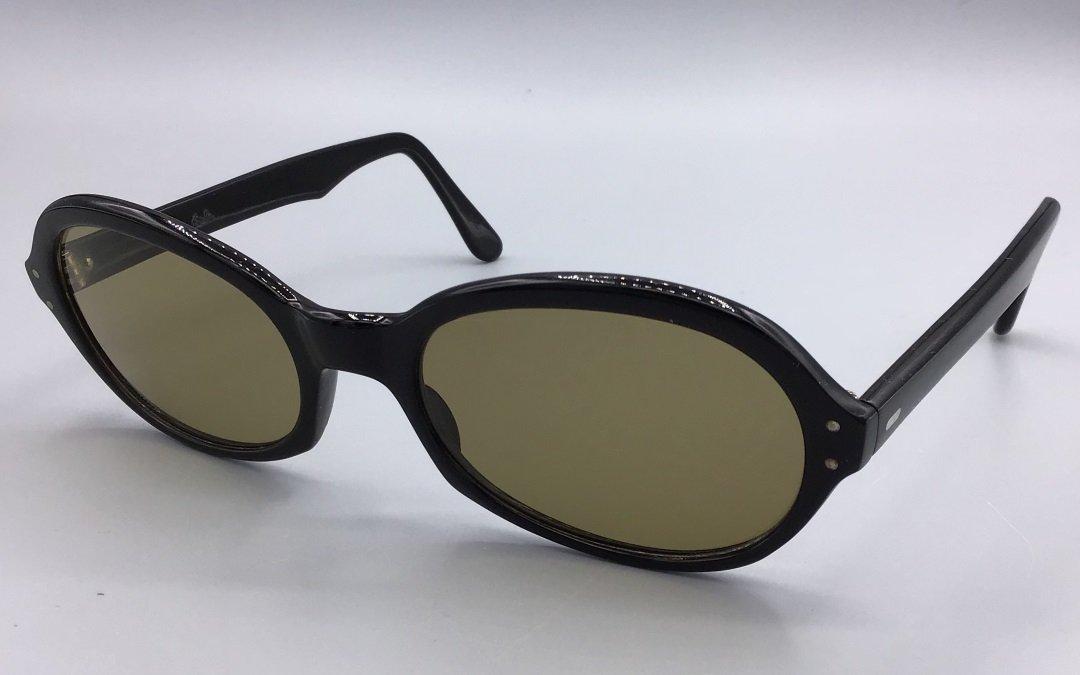HISTORY OF THE BRANDS: LOZZA
Lozza
Nel 1878 nasce a Calalzo la società “Fabbrica Occhiali A. Frescura e C.” fondata da due fratelli, venditori ambulanti di occhiali e Giovanni Lozza, un abile meccanico di precisione. L’azienda assembla montature e lenti provenienti dall’estero e apre diversi negozi in Veneto. In seguito alla morte di uno dei due fratelli, l’azienda cambia proprietà e Giovanni Lozza si mette in proprio.
Fonda così nel 1912 l’officina meccanica Lozza, che cresce rapidamente tra le due guerre. Produce attrezzature meccaniche ed ottiche per le occhialerie della zona, soprattutto per la Cargnel (che diventerà poi Safilo) ed in seguito anche montature in celluloide, per le quali vi è una grande richiesta.
La Lozza vende in tutto il mondo, venendo premiata con onorificenze al merito per l’esemplare attività imprenditoriale che diventa modello anche per gli standard di sicurezza per i suoi operai.
Negli anni ’30 presenta il modello Zilo, il più famoso della sua produzione e ancora oggi riproposto in varie interpretazioni, che abbina metallo e plastica, riscuotendo un enorme successo in tutto il mondo. A questo seguono altri modelli che diventano simboli delle varie epoche, come gli occhiali ultra femminili impreziositi da strass degli anni ‘50 o i grandi occhiali con forme geometriche degli anni ’70.
In 1878, the company “Fabbrica Occhiali A. Frescura e C.” founded by two brothers, street vendors of glasses and Giovanni Lozza, a skilled precision mechanic, was founded in Calalzo. The company assembles frames and lenses from abroad and opened several stores in Veneto. Following the death of one of the brothers, the company changed ownership and Giovanni Lozza set up his own business.
In 1912 he founded the Lozza mechanical workshop, which grew rapidly between the two wars. It produces mechanical and optical equipment for eyeglasses in the area, especially for Cargnel (which would later become Safilo) and later also celluloid frames, for which there was a great demand.
Lozza sells all over the world, having been awarded merit honors for their exemplary entrepreneurial activity that also became a model for safety standards for its workers.
In the 1930s it presented the Zilio model, the most famous of its production, which is still today reproduced in various interpretations, and combines metal and plastic, proving to be a huge success all over the world. This is followed by other models that become symbols of the various eras, such as the ultra-feminine glasses embellished with strass from the 50s or the large glasses with geometric shapes of the 70s.
